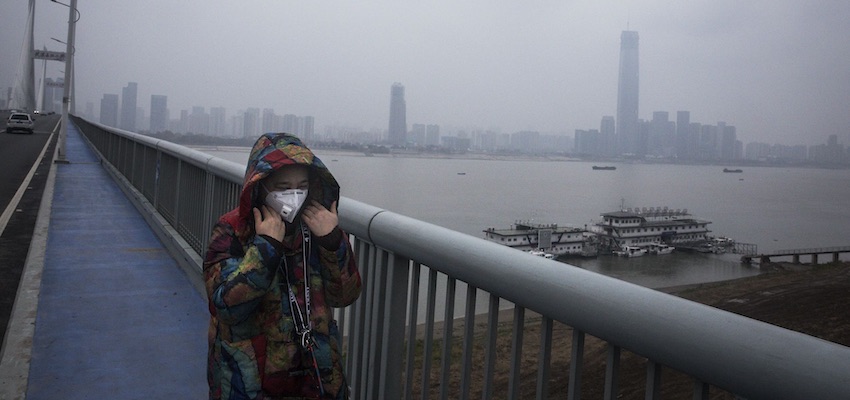DONALD Trump’s September 2015 assertion that the North American Free Trade Agreement was a “disaster” gave prescient notice of what lay ahead. The economic nationalism of America First has been a core, and often popular, part of the administration’s agenda from the outset.
This has seen not only a renegotiation of the NAFTA, but also other existing trade deals with close allies including South Korea. Trade talks with the European Union and Japan are increasingly acrimonious. It also led the United States to pull out of the Trans-Pacific Partnership and talk of leaving the World Trade Organisation all together are no longer dismissed as idle threats.
But the undisputed primary target in President Trump’s goal to re-define the global trading system is the US relationship with China. Championed by the White House as a legitimate effort to address multi-faceted concerns on imbalanced US-China trade, a competing narrative sees something far more profound. Never limited to a workable trade deal with China, the Trump administration’s ultimate objective is nothing less than the economic decoupling of the US and China.
How the coronavirus highlights the fallacy of economic decoupling
At the heart of this are supply chains. The reality today is that China is an integral part of virtually every sector in the US economy. Last month’s truce in the trade war may have momentarily eased tensions, but hasn’t altered the goal of those pushing for the decoupling of China-US supply chains.
In simple terms, decoupling China-US supply chains is touted as a means to ensure more parts and components are produced domestically in the US. Proponents argue that reshoring manufacturing will generate more jobs, wages (and taxes) at home. This resonates with many, from America First protectionists to labour unions (it’s worth noting that virtually all these groups are exceptionally keen to increase trade in the other direction – arguably a case of the US seeking to impose a Buy American policy on Chinese consumers, as well as domestic).
With the ink barely dry on January’s trade agreement, the coronavirus has re-energised the decoupling lobby. For them, over-reliance on Chinese supply chains is a weakness and requires urgent action to redress. In this instance, COVID-19 has shone the spotlight on US dependence on China’s production of medicines and other medical supplies. Earlier this month, trade hawk Pete Navarro stressed that the COVID-19 outbreak was a ‘wake-up call’ over US supply chain dependence on China.
I dispute this. COVID-19 is a black swan event. As such, anticipated disruption to global supply chains (to-date the impact has been fairly limited) remains uncertain. Clearly the closure of many Chinese plants is raising concerns around rising shortages and supply chain disruption, but as the virus spreads outside China, this would have been unavoidable had supply chains been more geographically distributed. I’m not denying global confidence in China has been shaken and both government and industry will now have to work hard to retain supply chain dominance. But where else would it go?
The case of the humble facemask
A key weakness in the argument for reshoring supply chains is that few, if any, other countries can replicate the speed, efficiency and costs of China.
Consider facemasks, which are in exceptionally high demand now. The non-woven cloth layer of the mask is mainly made of high melting point polypropylene fibre and many Chinese polypropylene manufacturers have quickly switched to produce fibre-grade polypropylene to secure supply for mask production. China produced 5bn facemasks in 2019 and we expect the number to increase by at least 30% in 2020.
This is just one example (you’ll also likely have read about the Hubei province hospital built in 10 days) which underscores China’s ability to do what others cannot. At a time of critical demand, supply chains are working.
Perhaps I should have opened this week’s APAC Energy Buzz with a disclosure. You’ve probably figured out that I am not a believer in protectionism. Tariffs ultimately hurt those they are intended to protect, the consumer and slow global growth. And much of US domestic industry is unable to capitalise, resulting in import substitution sourcing from other Asian economies.
The current global trading system can of course be improved. But rather than destroying from within, what we need is better enforcement of the existing rules-based framework. Addressing obvious trade imbalances and legitimate concerns over non-compliance to international trade laws are broadly a good idea; dismantling one of the foundations of the global economy is not.
By Gavin Thompson, vice chair, Wood Mackenzie

